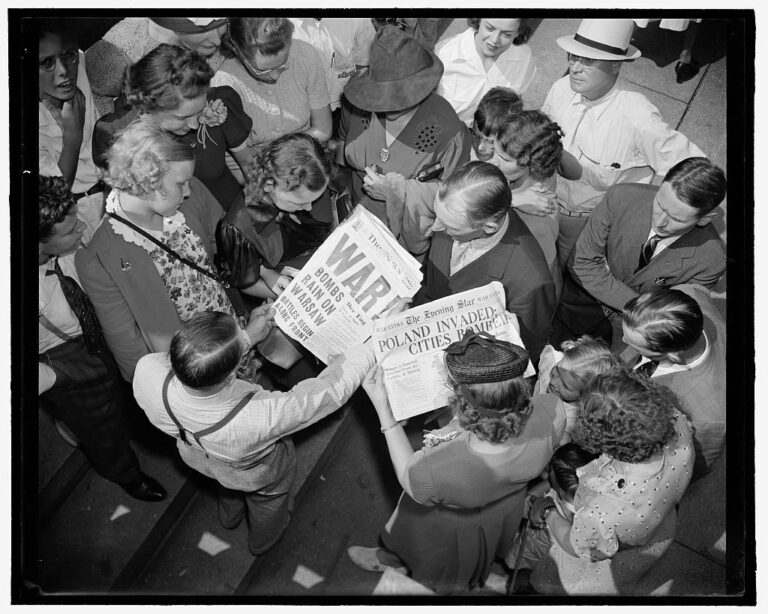The Root of Passing in The Love Songs of W.E.B. Du Bois

What started with Nella Larsen’s Passing in 1929 has culminated in a recent string of efforts by Black women authors to subvert the simplistic moral expectations associated with “race novels”—namely the readers’ discovery that racism is bad, thanks to the burden placed upon Black characters to prove their white peers wrong. New novels including Brit Bennet’s The Vanishing Half (2020) and Marie Benedict and Victoria Christopher Murray’s The Personal Librarian (2021) examine passing on its own terms, from within its impact on Black families, and the myriad reasons why someone (in all of these cases women) may choose to pass.
To say that Honorée Fanonne Jeffers’s sweeping epic The Love Songs of W.E.B. Du Bois, out tomorrow, is a novel about passing, however, would be akin to calling John Steinbeck’s East of Eden a book about farming in California; Jeffers engages with a richness of Black life and history far beyond her characters’ proximity to whiteness alone. By tracing the African American experience back to its roots, she has created a canon-worthy work that exposes the complexity of color and the deep wounds passing superficially attempts to address.
The inherent nature of Blackness as defying “race scientific” binary categorization, and by extension how this complexity intersects with the marginalization of womanhood, is a running theme in The Love Songs of W.E.B. DuBois, as well as in Passing, The Vanishing Half, and The Personal Librarian. In these books, a character’s choice to pass is one of self-actualization in a society systematically engineered to circumscribe and otherize their existence. Invariably, however, the denial of one’s Blackness comes at a price, the psychological toll of living a lie.
“It’s funny about passing,” Irene Redfield, the main character in Larsen’s Passing, remarks to her husband. “We disapprove of it and at the same time condone it . . . We shy away from it with a kind of revulsion but we protect it.” In the novel’s opening chapter, Irene herself passes, casually going up to a luxury hotel rooftop for a glass of iced tea. It’s there that she encounters her childhood friend Clare Kendry, who disappeared twelve years prior to live entirely as a white woman. While Irene regards this choice as something of a reckless betrayal, she can’t help but be mesmerized by Clare’s boldness, going so far as to marry a white man who has no idea of her heritage. When she asks Clare how she accounts for her family background, Clare emphasizes that her grandfather was white, eliding his affair with a Black woman that resulted in her father, “born on the left hand. A wild oat.” The ease with which Clare has pulled one over on white society disturbs Irene, though she admits that for all white people “usually asserted they were able to tell . . . [by] finger-nails, palms of hands, shapes of ears, teeth, and other equally silly rot. They always took her for an Italian.”
While Clare chooses to pass after she is orphaned, the choice is made for Belle da Costa Greene, whose real life as the head librarian of J.P. Morgan’s heralded library is fictionalized in The Personal Librarian. Born Belle Marion Greener to Richard Greener, the first Black graduate of Harvard University and a staunch civil rights advocate, and Genevieve Ida Fleet, her family enjoys a degree of privilege due to their upper-middle-class status and their relatively light skin. As the racial progress of Reconstruction is overturned and segregation laws creep northward however, Belle’s mother makes the choice to list their family as “white” on the census. This prompts the dissolution of her marriage, the decision to change her and her childrens’ last names to da Costa Greene, and the choice to claim Portuguese ancestry when questioned about their “exotic” roots. Though Belle attained unheard-of success for an independent woman in the early 20th century, her family’s financial dependence on her choice to continue passing brings anxiety and creates a sense of separation between herself and her darker-skinned brother Russell, who she is wary of being seen with, lest her race be called further into question.
Whereas these passing narratives tend to remain focused on its effects in the present, Jeffers excavates the phenomenon to its root: the sexual violence perpetrated by whites on Black and Indigenous people that resulted in generations of ethnically ambiguous children.
The Garfield family, with youngest daughter, Ailey Pearl, as protagonist, forms the center of Jeffers’s novel. Yet their story is but one branch on an entangled tree that is rooted in Indigenous Creek tribes and communities as far-flung as Ireland and the Gold Coast of Africa. Jeffers’s vignette-like storytelling runs along and against the grain of this tree, interrupted by interstitial “songs” that recursively follow the mingling tributaries of the Garfields’ ancestry, from 1619 to where Ailey’s story begins, in the late 1980s. The result is an epic narrative tapestry woven for a family comprising many shades of Black, some white-passing and some not, living for generations on land their ancestors by turn held as birthright, plantation, gravesite, and sacred memory.
The Garfields are part of what W.E.B. Du Bois called “the talented tenth”—upwardly mobile and highly educated Black people who would empirically prove the potential of “the race” to whites and upend the ignorance of racial hierarchy. Ailey’s father is a doctor, her favorite uncle is a retired professor, and her middle sister, Coco, goes to Yale for medical school. The heartbreak of her oldest sister Lydia’s drug addiction and disappearance galvanizes Aliey’s desire to follow in her family’s academic footsteps, leading her to unravel the history behind her ancestral home in Georgia and the generational violence that placed members of her family, her own siblings even, on seemingly opposite sides of Du Bois’s “color line”—the invisible, ever-present psycho-social boundary between Black and white life. Through Ailey, and the lives of the women that came before her, Jeffers lays bare the complexity within the meaning of Blackness for Black people—namely how the caprice of genetics enables one to choose their identity and in some ways dictates the degree to which that identity is imposed on them by others.
Using her characters’ ability or inability to pass, Jeffers probes the ultimate futility of the “talented tenth” mentality in a world of “one-drop” racial hierarchy. She does not apply a strict moral dimension to the question of whether one should or should not pass, nor does she linger on the high-stakes deceptions involved. Instead, she explores how and why the choice emerges in the first place. For example, while Lydia does not choose to pass as white, she is fetishized by the men she encounters for her light skin. Furthermore, she was molested as a child by her white grandfather (an experience all three Garfield sisters unwittingly share). The disconnect she feels from her own identity and family, as a result, contributes to her attempts at self-empowerment and destruction through increasingly dangerous sexual conquests and drug use. Readers encounter this version of Lydia early on, though it isn’t until later that they find her familial disconnect has deeper roots.
Lydia and Ailey’s mother, Belle, who is darker-skinned, struggled to gain the acceptance of her husband’s white and white-passing parents, even as he “did his part to embrace his heritage as the neighborhood changed. Though he was very light-skinned, his acquired pimp stroll and serious kinship nod to other brothers carried the day.” Meanwhile, when Lydia was born, Belle struggled with postpartum depression, not wanting “anyone to think she was her own baby’s nanny . . . [to] look inside the stroller, see the small, white face and the green eyes.” When Coco and Ailey came, resembling their mother, she felt an element of relief. What in part propels Lydia’s later separation from her family and its history, then—the validation of one’s identity—draws Ailey in most of all. From the spirits of matriarchs that haunt her dreams, to the reality of her own trauma as a sexual assault survivor, Ailey’s journey toward a career as a Black historian is one of unraveling the ties that have bound and bifurcated her family in their struggle to live up to Du Bois’s legacy.
Jeffers’s characters are those who, in her own words, have “wrestled with history and survived,” and she treats the opinions and salvation of the novel’s white characters and audience members as tertiary. The novel is a love letter to Black girlhood and Black womanhood. It is honest about its highs and lows, as rich and deadly as hot buttery grits, and about the generational burdens carried (wittingly or not) through generations. While passing is hardly the core of the book, the influence of the color line, and whether one can truly ever cross it, is.
Where some authors have focused on passing’s immediate social implications, the outer leaves of “will they/won’t they get caught” tension that drives the plot in Passing and The Personal Librarian, for instance, Jeffers’s interest is in the roots, the whys and hows of the variegated tree of Black experience. For all the intersectionalities and branches of Blackness that her characters represent, they are masterfully anchored in a common struggle for self-actualization that can be universally appreciated but is also completely unique to the African American experience throughout history.
This piece was originally published on August 23, 2021.


